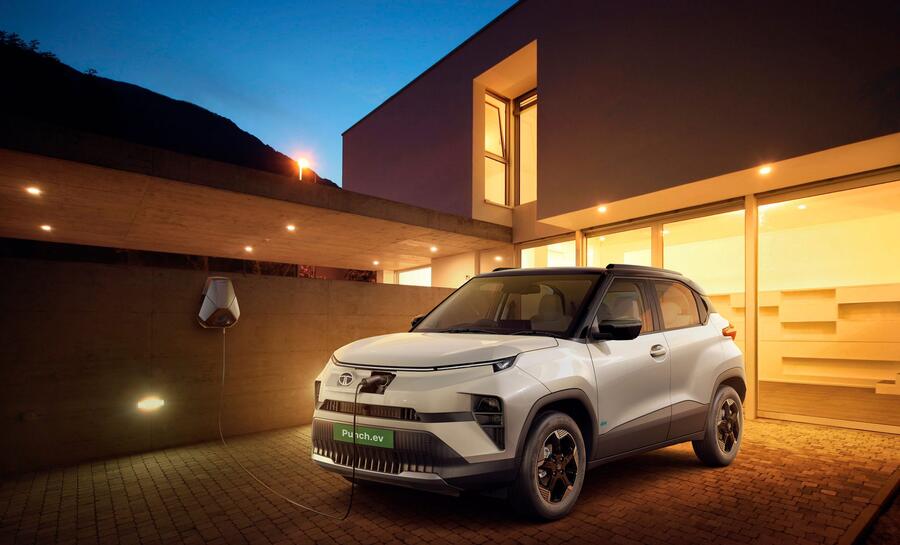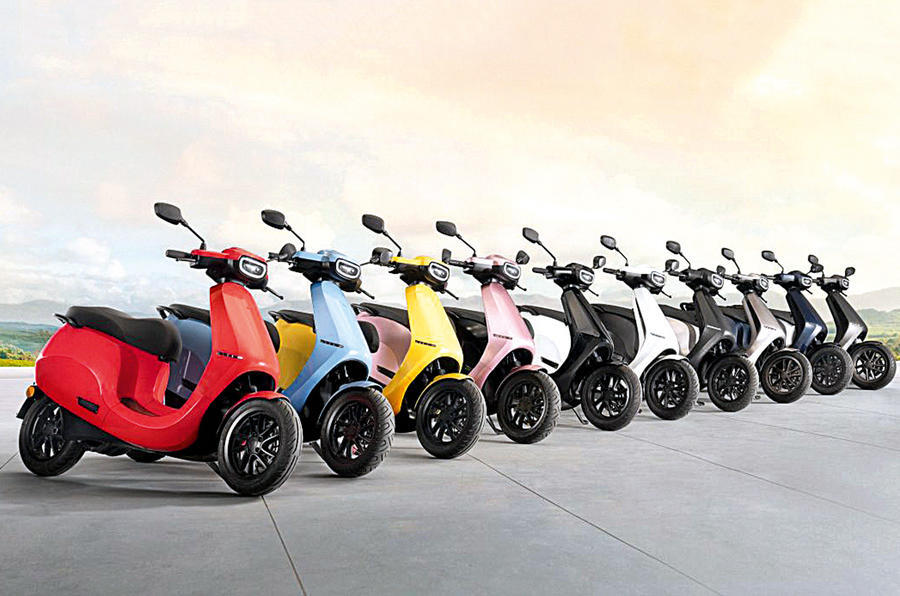Earlier this month, Tata Motors said it would build electric cars with its better-known subsidiary JLR at a plant in Gujarat, India, for export globally.
The resulting models from both brands will arrive next year, based on JLR’s EMA EV platform, which will also underpin smaller Range Rover models, including the electric follow-up to the Evoque.
Meanwhile, Ford announced that it was going to restart production at its previously mothballed Chennai facility. Rather than trying to revive its ill-fated Indian-market adventures, Ford said cars built there would be exported. No details were given, but local media reported that they would most likely be electric cars, with Europe their eventual destination.
Not far from Chennai, on the east coast, Vietnamese car maker Vinfast earlier this year broke ground on a new factory to build EVs.
Perhaps the biggest EV exporter, however, will be Indian market leader Suzuki, which has said that its first EV, to be revealed in January, will be shipped from the country to both Europe and Japan.
Previewed by the eVX concept, the crossover will spearhead Suzuki’s belated push into the EV space in the UK and rest of Europe.
So, with the world’s automotive economies worried about the global grip China has on the EV market, could India step up to become a more benign competitor?
The country certainly has ambitions in that direction and is eyeing up global leadership in the one crucial area needed to gain dominance in the EV world: batteries.
“Within five years, India will be the largest exporter of lithium ion batteries,” Indian minister of road transport and highways Nitin Gadkari boldly promised earlier this month.
The government has set up an incentive scheme to persuade companies build cell manufacturing businesses, and many are taking up the offer.
These include Tata’s new battery company, Agratas, which is also constructing a cell facility in Somerset, England, with the intent to supply JLR.
Manufacturers have used India as an export hub to Europe before, including Ford (the Ecosport and Ka+), Suzuki (Celerio and Baleno) and Jeep (Compass), but for various reasons, the country never developed a reliable vehicle export pipeline to the UK and other European markets. However, its undeniable manufacturing cost advantages could be the winning card in the competition to lower EV prices.
The UK current levies a standard 10% duty on vehicles from India, as it does from China, but could be on the verge of wrapping up long drawn-out negotiations for a free trade deal that might scrap that, along with much higher duties on British cars heading into India.








Add your comment